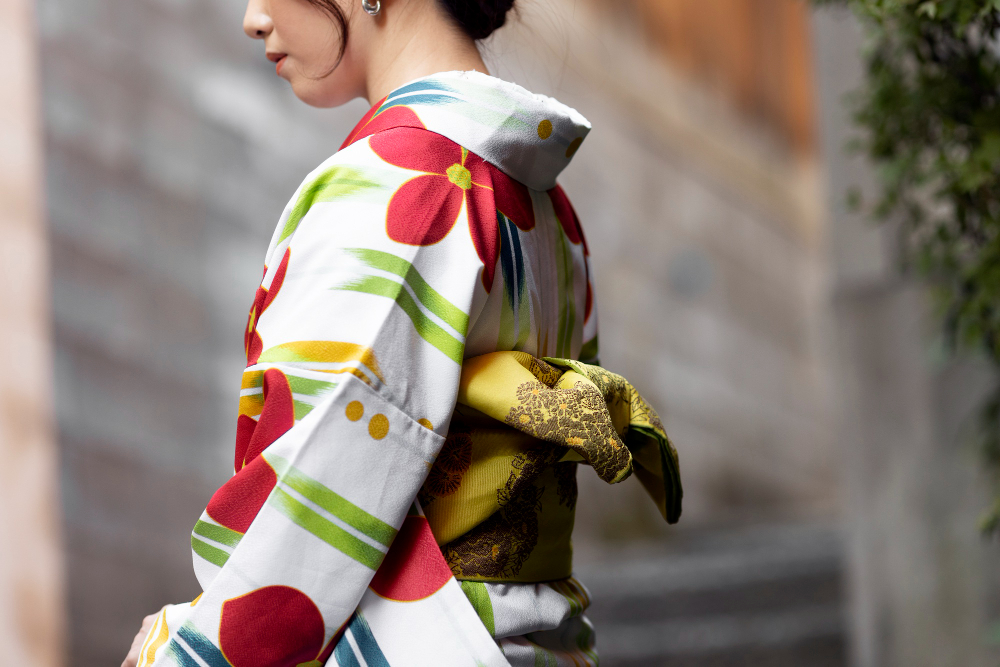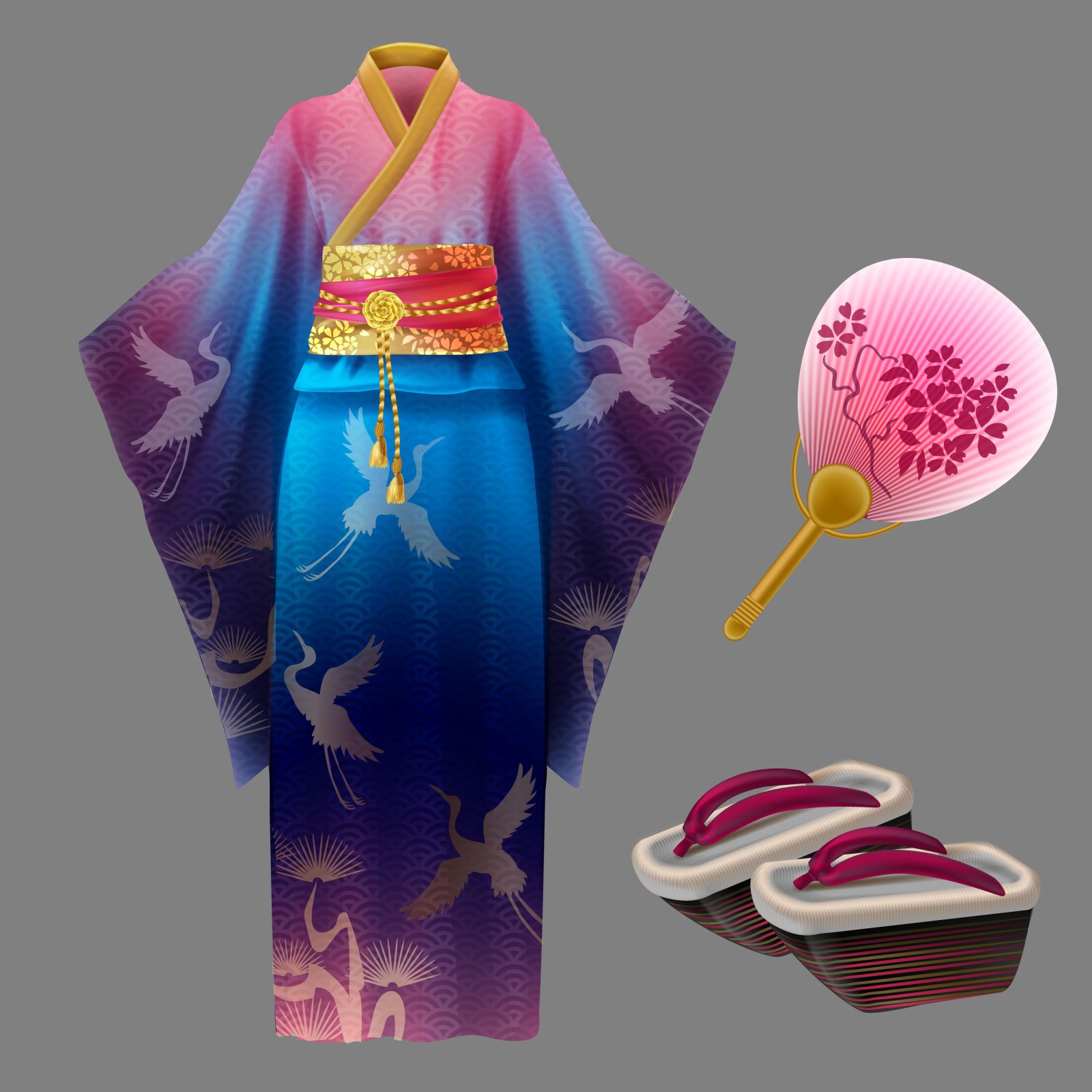Introduction
Samurai were one of the most iconic and respected warriors in Japanese history, known for their discipline, honor, and skill in battle. One of the distinctive features of the samurai was their attire, which was not only practical but also represented their status and identity. In this article, we will explore the history, meaning, and types of samurai attire and how they have evolved over time.
What is Samurai Attire?
Samurai attire refers to the clothing, armor, and accessories worn by the samurai warriors in Japan during the feudal period (1185-1868). It includes various types of armor, helmets, swords, robes, and footwear, which were designed to protect the samurai in battle and convey their social status, rank, and affiliation.
History of Samurai Attire
The history of samurai attire can be traced back to the 8th century when the samurai class emerged in Japan. Initially, samurai wore simple clothing and light armor made of leather, cloth, and iron plates. However, as the samurai became more powerful and influential, their attire became more elaborate and sophisticated.
The Rise of Samurai Armor
During the 12th century, the samurai started wearing heavier and more intricate armor made of lacquered iron plates called “do” or “dou.” These plates were connected by silk or leather cords and protected the samurai’s chest, back, and arms. Over time, the armor evolved into a full-body suit consisting of a helmet, face mask, shoulder guards, chest armor, arm guards, and leg guards.
The Symbolism of Samurai Armor
The samurai armor was not just a protective gear but also a symbol of the samurai’s identity, allegiance, and honor. Each suit of armor was unique and reflected the samurai’s family crest, colors, and motifs. It also had symbolic significance, such as the use of animal motifs like tigers, dragons, and cranes, which represented strength, courage, and longevity, respectively.
Types of Samurai Attire

Samurai attire can be broadly categorized into two types: ceremonial and battle attire. The ceremonial attire was worn during formal occasions such as weddings, tea ceremonies, and festivals, while the battle attire was worn during combat.
Ceremonial Attire
The ceremonial attire of samurai included various types of robes, jackets, and trousers made of silk or cotton. The most famous of them is the “kimono,” which is a long robe with wide sleeves and intricate patterns. The kimono was worn by both men and women and came in different colors and styles. Another type of ceremonial attire was the “haori,” which is a short jacket worn over the kimono and decorated with family crests and motifs.
Battle Attire
The battle attire of samurai was designed to provide maximum protection and mobility during combat. It included various types of armor, helmets, and weapons, such as:
- Kabuto: A helmet made of iron or leather and adorned with horns, antlers, or feathers.
- Menpo: A face mask that protected the samurai’s face and throat.
- Do: A chest and back armor made of iron plates.
- Sode: Shoulder guards made of iron plates or leather.
- Kote: Arm guards made of iron plates or chain mail.
- Haidate: Leg guards made of iron plates or leather.
- Tachi: A long sword worn by samurai during battle.
Evolution of Samurai Attire
During the Edo period (1603-1868), the samurai class became more bureaucratized and less involved in warfare, which led to a decline in the use of armor and weapons. Instead, the samurai started wearing more civilian clothing, such as the “hakama,” which is a skirt-like garment worn over trousers and tied at the waist. The hakama was often worn by samurai during formal occasions, such as weddings and funerals.
After the Meiji Restoration in 1868, the samurai class was abolished, and Japan underwent a period of modernization and westernization. As a result, the traditional samurai attire became less common, and the focus shifted towards western-style clothing. However, the legacy of samurai attire can still be seen in modern Japanese fashion, art, and culture.
Conclusion
Samurai attire is not just a form of clothing but a symbol of the samurai’s identity, honor, and legacy. From simple leather armor to intricate iron suits, samurai attire evolved over time to reflect the social, political, and cultural changes in Japan. Today, samurai attire may not be as prevalent as it once was, but it continues to inspire and fascinate people around the world.


